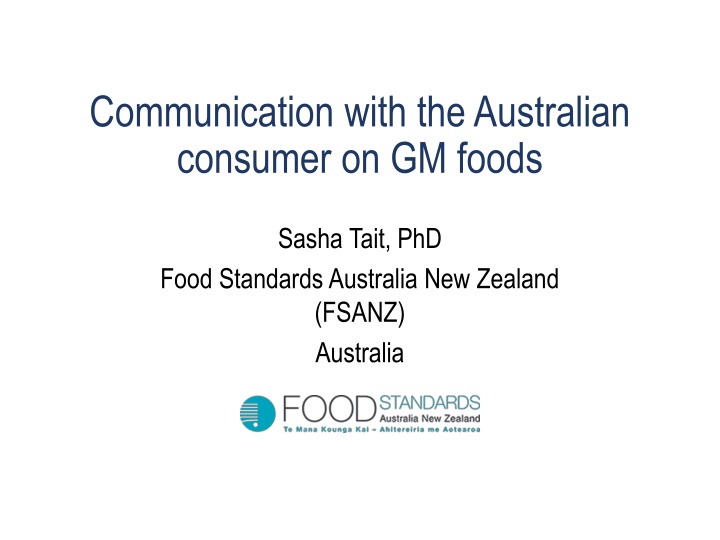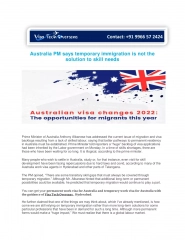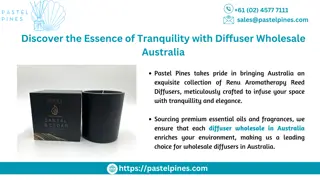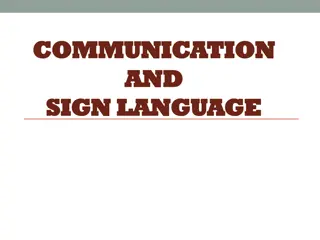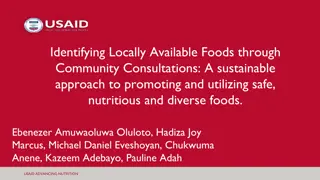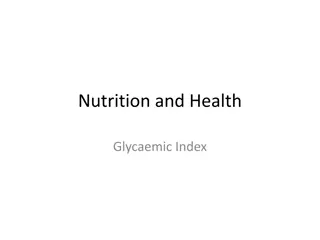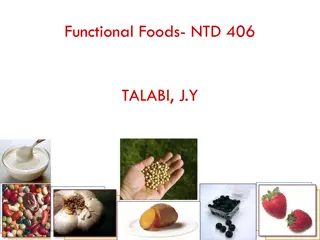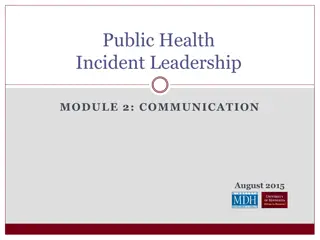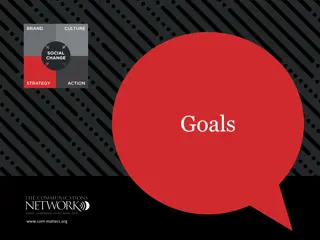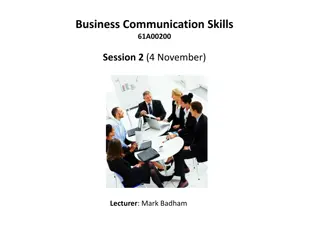Effective Communication Strategies on GM Foods in Australia
Sasha Tait from FSANZ addresses the challenges faced in communicating with Australian consumers on GM foods due to values-based opposition. The country's transparency initiatives include public consultations and responses, increasing awareness. Social media presence allows direct communication. Using humor and simple text has been effective, while lack of interface with the Australian curriculum and limited small group interactions are noted challenges. Consumers need to know that GM foods undergo safety assessments like conventional foods. Labeling rules are in place for novel DNA or proteins, with exemptions for certain products. Genetic modification is essential for food security and agricultural sustainability.
Download Presentation

Please find below an Image/Link to download the presentation.
The content on the website is provided AS IS for your information and personal use only. It may not be sold, licensed, or shared on other websites without obtaining consent from the author.If you encounter any issues during the download, it is possible that the publisher has removed the file from their server.
You are allowed to download the files provided on this website for personal or commercial use, subject to the condition that they are used lawfully. All files are the property of their respective owners.
The content on the website is provided AS IS for your information and personal use only. It may not be sold, licensed, or shared on other websites without obtaining consent from the author.
E N D
Presentation Transcript
Communication with the Australian consumer on GM foods Sasha Tait, PhD Food Standards Australia New Zealand (FSANZ) Australia
Problem Values-based opposition to genetic modification of food Targeting of grocery stores Organised campaigns Targeting public consultations Political lobbying Response / 1000 (%) Community Attitudes to Gene Technology Survey 2019 Office of the Gene Technology Regulator (OGTR) Australia http://www.ogtr.gov.au/internet/ogtr/publishing.nsf/Content/reports-other
What did your country do? Transparency The public are invited to contribute ideas and concerns before FSANZ finalises a decision Submissions from public consultation and FSANZ s responses to those submissions are made publically available on our website Allows FSANZ to acknowledge and address the publics concerns Increases public awareness Category of submissions received for applications to add a new GM food Animal feeding studies were performed by a lab paid for by the applicant Other Opposed Supportive GM application 3 GM application 2 Animal studies were performed by an accredited lab, following internationally recognised guidelines GM application 1 0 20 40 60 80 100 Percent (%)
What did your country do? Increased social media presence Allows FSANZ to respond directly with concerned consumers
What worked and what did not work in your country? What worked? Humour Simple text Not too much science
What worked and what did not work in your country? What did not work? No interface with Australian curriculum Limited small group interactions Most often text over visuals
What do consumers need to know? GM foods:- are as safe as their conventional counterparts, including foods produced by mutagenesis and other conventional methods undergo pre-market safety assessment are labelled if they contain novel DNA or protein exempt - oil, sugar, non-protein purified products exempt - protein enzymes added to food during processing not exempt - soy leghemoglobin (Impossible Foods burger) Genetic modification is one of the many tools available to ensure food security and agricultural sustainability in an uncertain time in human history
What do consumers want to know? Community Attitudes to Gene Technology Survey 2019
Essential elements for the toolkit Keep language non scientific Use visuals / images over text Align information to what is taught in schools Promote the benefits to the consumer & farmer Identify the developers (not all are the big companies)
